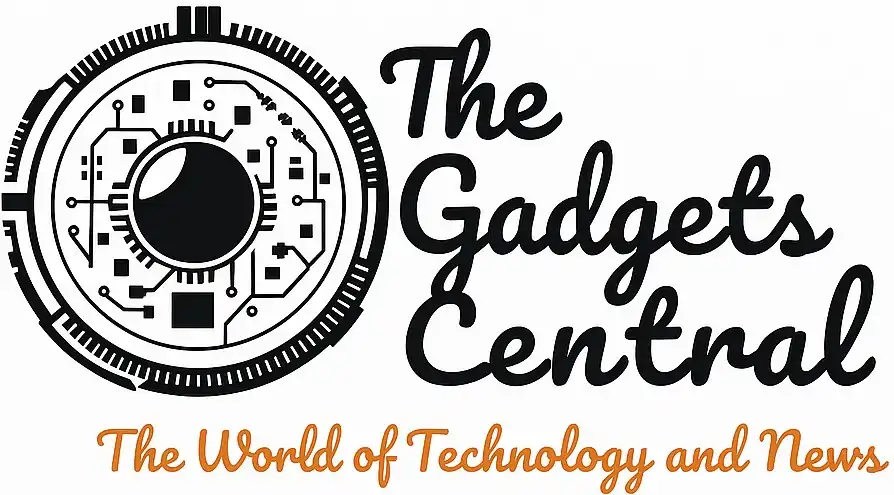“`html
Collection: Delving into the Intricate Tapestry of Human Creativity
The world is a grand stage, and art plays an essential role in it. From ancient sculptures to modern installations, art collections serve as both a reflection of society and a harbor for creativity. In this blog post, we will explore the different dimensions of art collections and their significance in today’s world.
Understanding Art Collections
Art collections are more than just assemblages of paintings, sculptures, or photographs; they are stories told through various mediums. Each piece in a collection can reveal insights into the era it was created, the motivations of the artist, and the cultural context of the time. Here are some key aspects to understand about art collections:
- Types of Art Collections: There are numerous categories including private, public, corporate, and nonprofit collections, each serving unique purposes.
- Curatorial Practices: Curators play a vital role in organizing and interpreting art collections, making them accessible and engaging for the public.
- Preservation and Conservation: The delicate nature of art pieces mandates skilled preservation efforts to maintain their integrity over time.
The Role of Art Collections in Society
Art collections contribute significantly to cultural enrichment and education. They serve as gateways into different realms of thought and broader human experiences. Let’s delve into how art collections impact society:
Promoting Cultural Awareness
Collections often feature works from various cultures, providing a unique opportunity to experience and appreciate diversity. Viewing art from different backgrounds helps foster understanding and respect among communities. When individuals engage with these works, they are encouraged to explore the narratives and histories that shape societies.
Enhancing Local Economies
Art collections, especially those featured in galleries and museums, stimulate local economies. They draw visitors who contribute to the financial well-being of the area by:
- Attracting Tourism: People are drawn to cities known for their rich art collections, boosting local businesses.
- Creating Job Opportunities: Art institutions require a workforce, from curators to security staff, positively impacting employment rates.
- Encouraging Community Engagement: Events based around art collections promote community interaction and involvement, leading to grassroots projects and initiatives.
Fostering Creativity and Innovation
Art collections act as an inspiration for emerging artists and innovators. By showcasing various techniques and notions, they encourage individuals to explore their creative potential. Community programs often connected to art collections allow aspiring artists to gain exposure and mentorship, ultimately leading to constructive artistic dialogues.
Preservation of Art Collection: A Vital Task
The journey of an artwork does not end with its creation. As time passes, the risk of deterioration increases. Therefore, preserving art collections is critical to ensure that future generations can appreciate these cultural treasures.
Methods of Preservation
Professional conservators employ a range of techniques to keep artworks in their best condition. Key preservation methods include:
- Climate Control: Artworks are often kept in environments with regulated temperature and humidity to prevent damage.
- Protective Framing: UV-protective glass and acid-free materials are used to frame artworks, minimizing exposure to harmful light and chemicals.
- Regular Maintenance: Scheduled assessments ensure that the condition of artworks is continually monitored, allowing for timely interventions when necessary.
The Future of Art Collections
As society evolves, so too do the ways in which we engage with art collections. Technology plays a significant role in this evolution, enabling more accessible and engaging methods of interaction with art.
Digital Transformation
Digital platforms are redefining the concept of art collections. The online experience provides:
- Virtual Tours: Institutions are increasingly offering virtual tours, allowing audiences worldwide to explore their collections without geographical constraints.
- Augmented Reality: This technology enhances viewer interaction by allowing them to engage with artworks, adding layers of meaning and interactivity.
- Online Auctions and Sales: Digital platforms facilitate buying and selling art, enabling a wider audience to participate in the art market.
Commitment to Inclusivity
The future also lies in a commitment to inclusivity within art collections. Many institutions are taking deliberate steps to ensure that diverse voices and perspectives are represented. This includes featuring works from underrepresented artists, as well as incorporating community archiving efforts that empower local voices in the narrative of art history.
Conclusion
Art collections are invaluable assets that not only enrich our lives but also serve as a mirror to our society. They echo the creativity, passion, and struggles of humanity through various forms of expression. As we continue to evolve both socially and technologically, it is imperative to preserve and promote these collections, ensuring that they remain vibrant and accessible for future generations.
Engaging with art collections offers us not just a window to the past but a pathway to understanding our collective future. Whether through local galleries, museums, or digital platforms, let us embrace the creativity that surrounds us and the stories art has to tell.
“`
